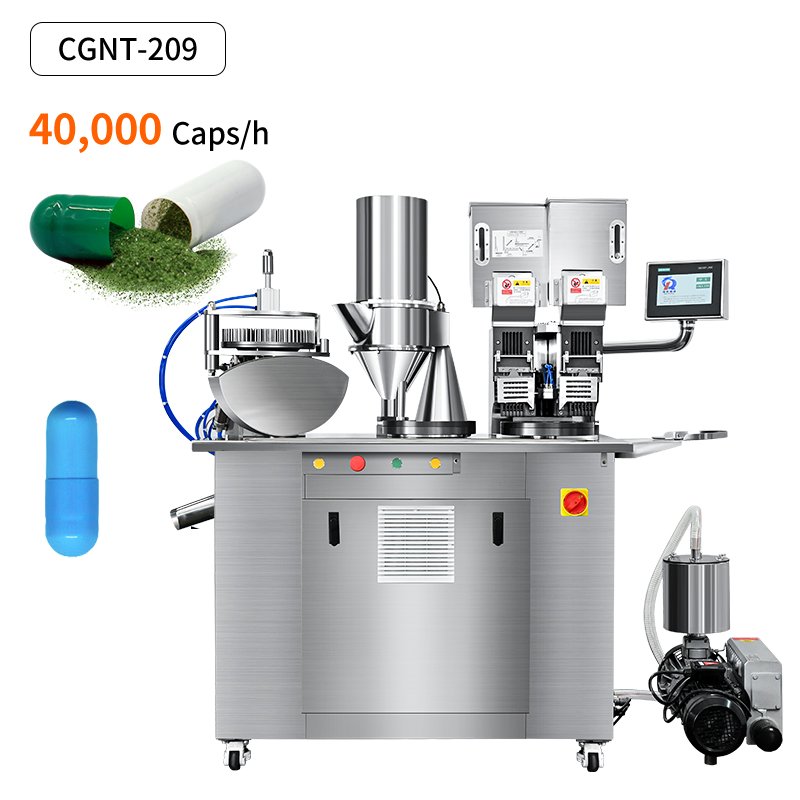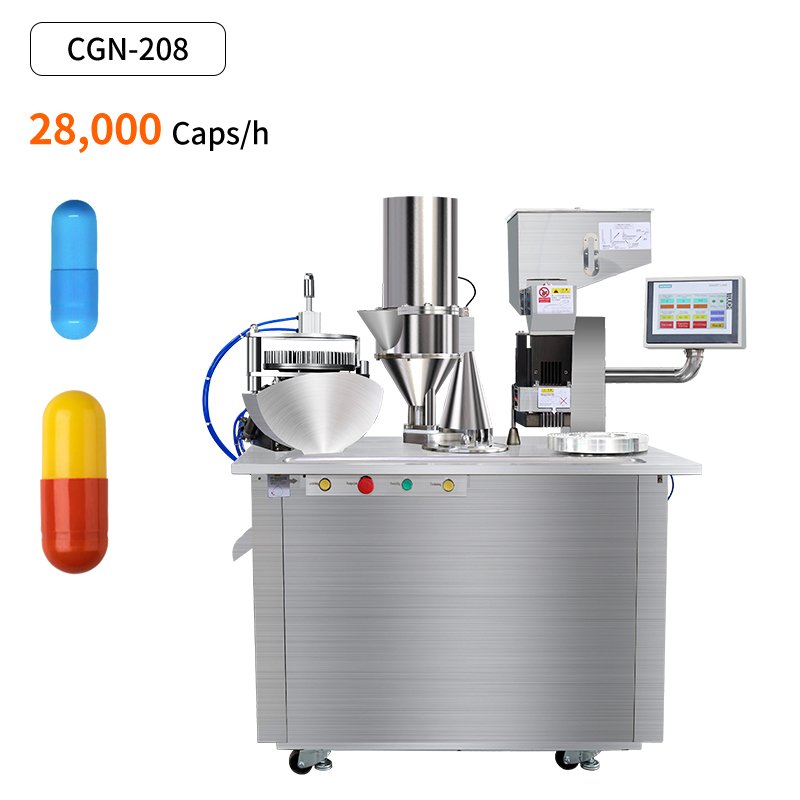- بيت
- آلة تعبئة الكبسولات
- آلة تعبئة الكبسولات شبه الأوتوماتيكية
آلة تعبئة الكبسولات شبه الأوتوماتيكية
يتطلب إنتاج آلة تعبئة الكبسولات شبه الآلية مساعدة من المُشغّل، وذلك بتحريك ألواح التعبئة بين مختلف أقسام العملية. إنها أكثر توفيرًا للتكلفة وسهولة في الاستخدام.
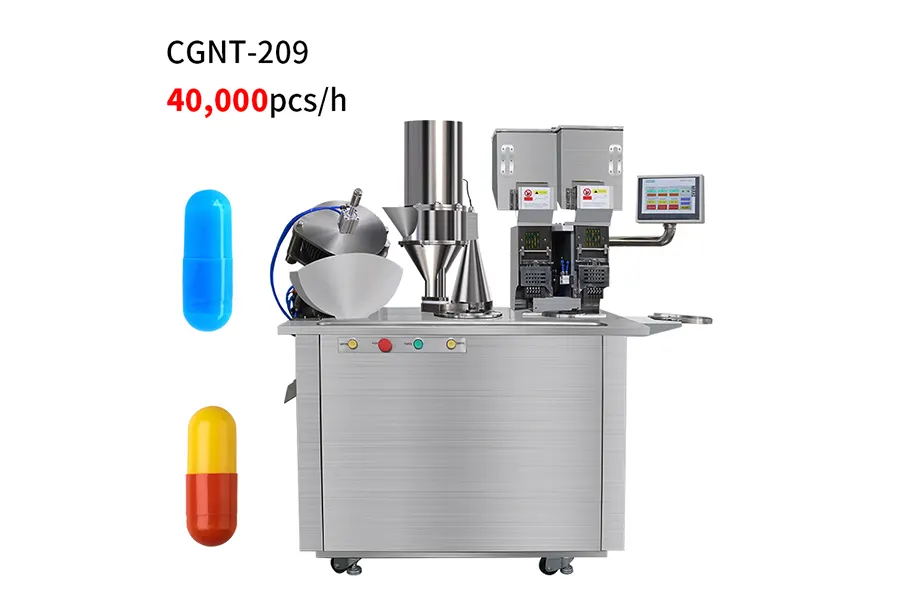
أحجام الكبسولات المناسبة:
 |  |  |  |  |  |  |  | |
| حجم الكبسولة | #000 | #00 | #0 | #1 | #2 | #3 | #4 | #5 |
| الطول المقفل | 26.14mm | 23.30 ملم | 21.7 ملم | 19.4 ملم | 18.0 ملم | 15.9 ملم | 14.3mm | 11.1mm |
| حجم الكبسولة | 1.37 ml | 0.91 مل | 0.68 مل | 0.5 مل | 0.37 مل | 0.3 مل | 0.21ml | 0.13ml |
(قد تختلف كمية الحشوة بسبب اختلاف المسحوق)
كيف تعمل آلة تعبئة الكبسولات شبه الأوتوماتيكية؟

The Complete Range of Semi-automatic Capsule Filling Machines
آلة تعبئة الكبسولات شبه الأوتوماتيكية
Semi automatic capsule filler machine can fill powder, granule, pellet and liquid into hard capsule, suitable for capsule size ...
| نموذج | سي جي إن-208 | سي جي إن تي-209 |
| الناتج | 28,000pcs/h | 40,000pcs/h |
| كبسولة قابلة للتطبيق | 000#، 00#، 0#، 1#، 2#، 3#، 4#، 5# | |
| مزود الطاقة | 2.12 كيلو وات | 2.2 كيلو وات |
| قوة | 380/220 فولت 50 هرتز (قابلة للتخصيص) | |
| الوزن الصافي | 400 كجم | 405 كجم |
| حجم التعبئة | 1640*720*1700 مم | 1640*720*1700 مم |
استثمار حكيم في مجال الأدوية
سهل الاستخدام
Cost-Friendly
Accurate
Safe to Operate
No Pollution
نحن ندعمك بخدمة شاملة

ضمان مدى الحياة

تسليم سريع في 7 أيام

خدمة عبر الإنترنت على مدار الساعة طوال أيام الأسبوع
الأسئلة الشائعة
- قم بتزييت الكاميرا بانتظام للحفاظ عليها في حالة جيدة.
- تفكيك وتنظيف محطة التعبئة لإزالة المواد الزائدة لمنع الانسداد والصدأ، بعد انتهاء الإنتاج.
- قم بإضافة زيت التشحيم إلى مضخة التفريغ بانتظام وقم بتنظيف الغبار.
- قم بملء ما يكفي من الماء لأكثر من نصف جسم البرميل في خزان المياه بانتظام.
Semi-automatic Capsule Filling Machine Working Principle
A semi-automatic capsule filling machine separates empty capsules, fills them with the desired material, and closes them.
It involves following steps:
- Capsule separation
- Filling station setup
- Filling the hopperial
- Capsules alignment and orientation
- Dosage adjustment
- Filling the capsules
- Capsule Closing
- Ejecting the filled capsules
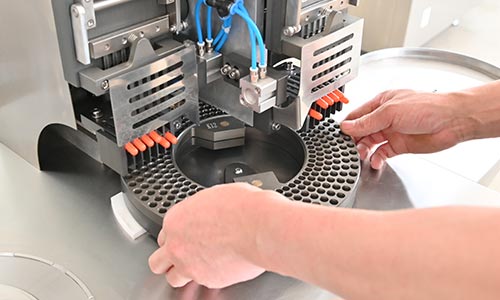
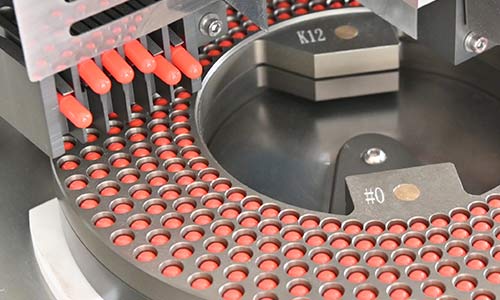
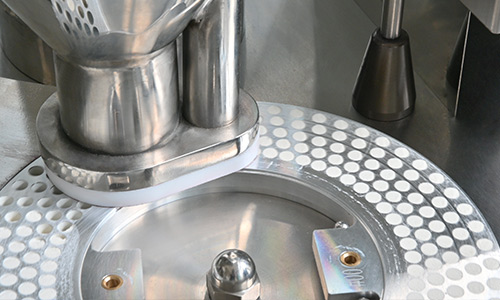
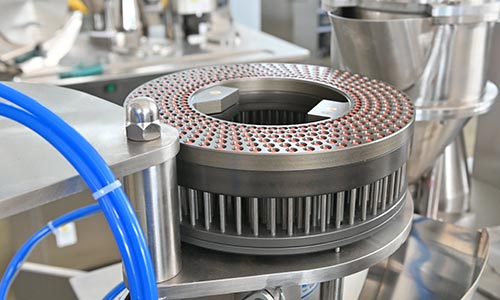
Automatic vs. Semi-automatic Capsule Filling Machine
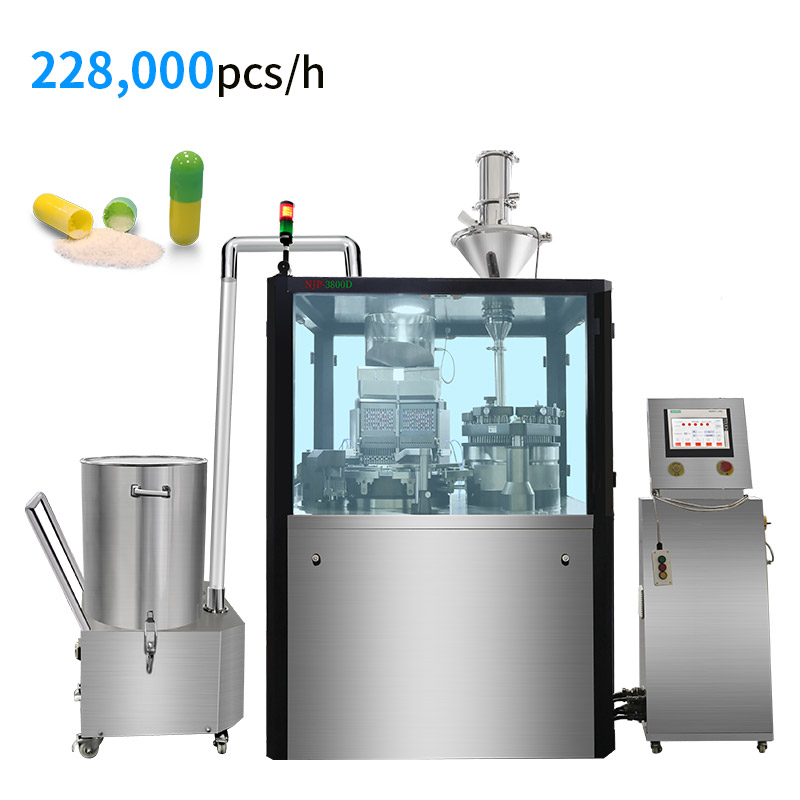
آلة تعبئة الكبسولات الأوتوماتيكية
Pros:
Automatic machines offer high-speed production capabilities, filling capsules quickly and efficiently, which is beneficial for large-scale manufacturing.
They require minimal manual intervention, reducing the need for extensive human labor and increasing productivity.
Automatic machines are designed for precise dosing, ensuring consistent and accurate filling of capsules.
They often come with additional features such as capsule sorting, automatic capsule orientation, and online inspection systems, enhancing overall operational efficiency.
Cons:
Automatic machines tend to have a higher upfront cost compared to semi-automatic machines, making them a significant investment.
Operating and maintaining automatic machines may require specialized training and technical expertise due to their complex nature.
These machines may have limitations when it comes to accommodating small-batch production or frequent product changes.
Automatic machines are generally larger and require more space in the manufacturing facility.
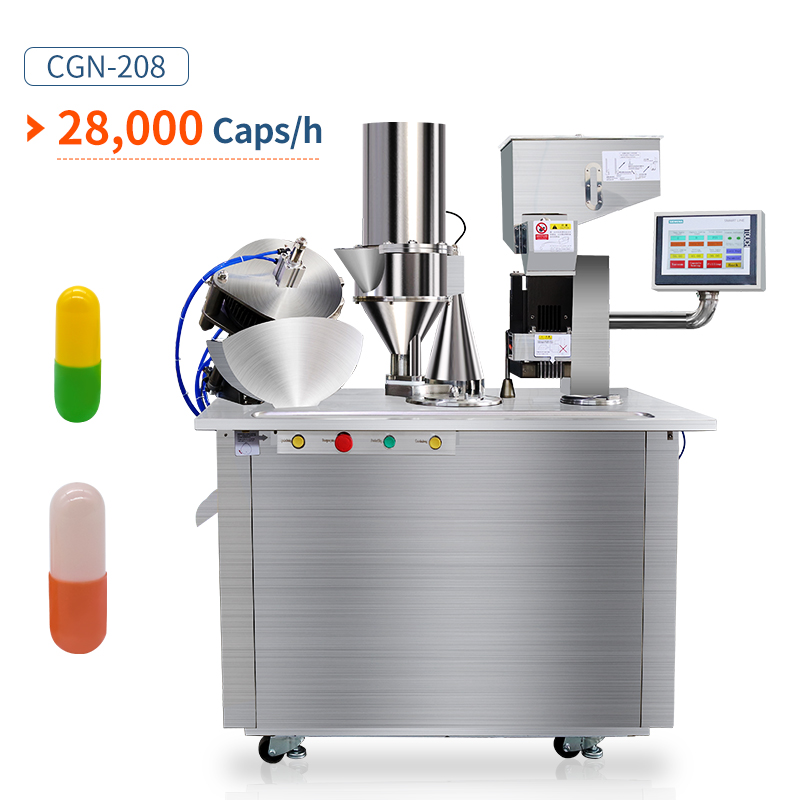
آلة تعبئة الكبسولات شبه الأوتوماتيكية
Pros:
Semi-automatic machines are generally more cost-effective, making them a viable option for smaller manufacturers or startups with limited budgets.
They offer more flexibility in terms of production versatility, allowing easier adaptation for small-scale or diverse product lines.
Semi-automatic machines are relatively simpler to operate and require less technical expertise, enabling easier training and maintenance.
These machines are typically smaller, occupying less space in the production area.
Cons:
Semi-automatic machines require more manual handling, involving operators in the capsule filling process, which can be time-consuming and potentially introduce errors.
The filling speed is limited by manual handling, resulting in slower production rates compared to automatic machines.
There may be slight variations in filling accuracy or capsule quality due to the manual nature of the process.
Some semi-automatic machines may be less durable or prone to more frequent breakdowns compared to their automatic counterparts.
